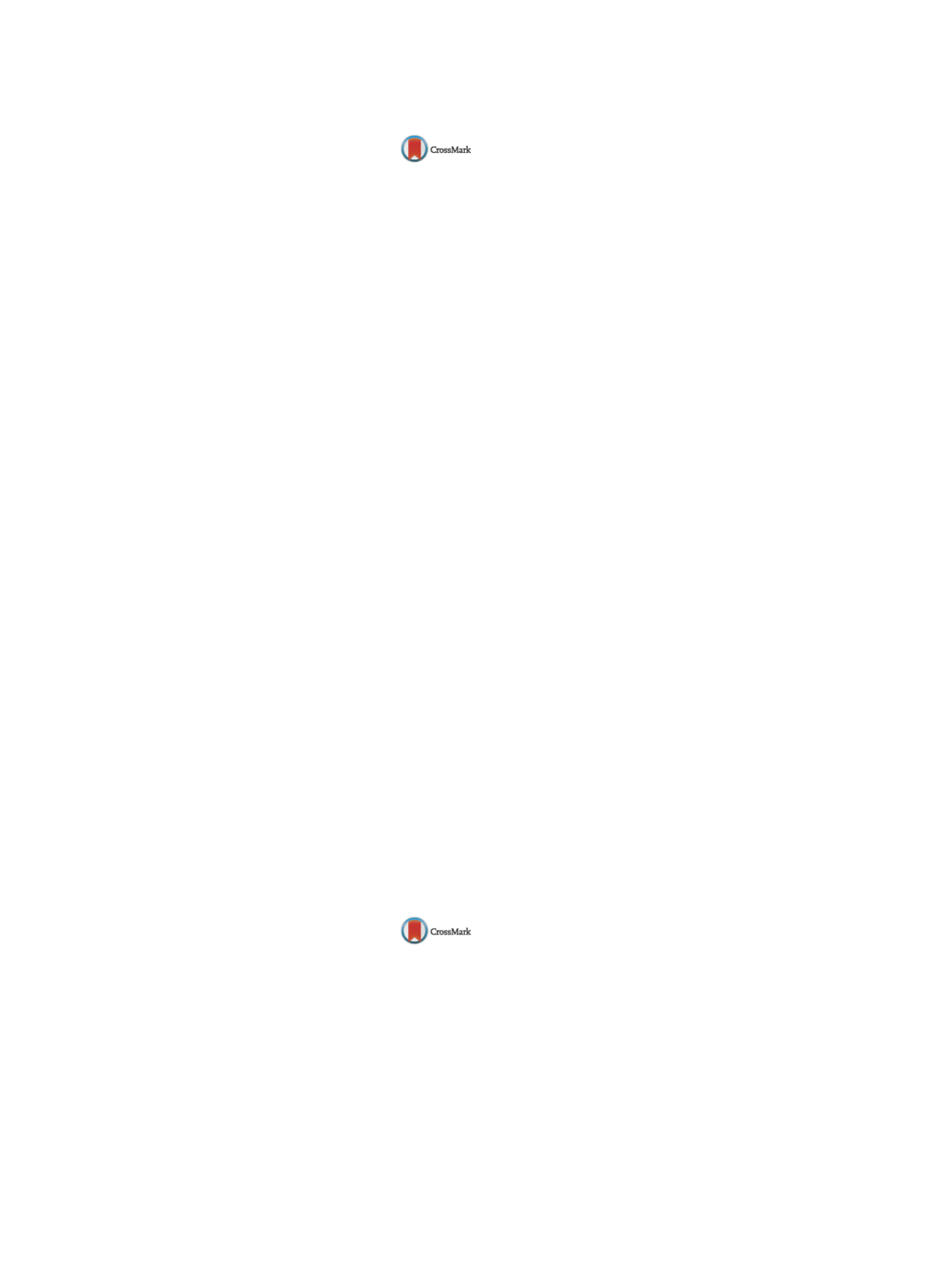

Abstracts / Journal of Clinical Virology 82S (2016) S1–S142
S53
Abstract no: 95
Presentation at ESCV 2016: Poster 64
Comparison of the Hologic Aptima HIV-1 Quant
Dx assay to the Roche COBAS Ampliprep/COBAS
TaqMan HIV-1 Test v2.0 for the quantification of
HIV-RNA in plasma samples
K. Schønning
1 ,∗
, K. Johansen
1, B. Landt
1,
T. Benfield
2, H. Westh
11
Department of Clinical Microbiology, Hvidovre
University Hospital, Hvidovre, Denmark
2
Department of Infectious Diseases, Hvidovre
University Hospital, Hvidovre, Denmark
Background:
Monitoring of HIV-1 RNA levels is themost impor-
tant parameter for assessing efficacy of antiviral treatment in
individuals infected with HIV-1. Knowledge of the performance
of different tests for the quantification of HIV-1 RNA is therefore
important for clinical care.
Objectives:
To compare the analytical performance of the
APTIMA HIV-1 Quant Dx Assay (APTIMA) and the COBAS
Ampliprep/COBAS TaqMan HIV-1 Test v2.0 (CAPCTM) for the quan-
tification of HIV-1 RNA in plasma samples.
Study design:
The performance of the two tests was compared
on 216 clinical plasma samples, on dilutions series in seven repli-
cates of three clinical samples of known subtype (A1, B, CRF01AE)
and on ten replicates of the Acrometrix High (appr. Log 6 cp/mL)
and Low Positive Control (appr. Log 2 cp/mL).
Results:
Bland–Altman analysis of 130 samples with quan-
titative results in both tests did not show indications of gross
mis-quantification of either test. A tendency of the APTIMA assay
to quantify higher at high viral load compared to the CAPCTM was
observed in Bland-Altman analysis, by Deming regression (Slope
1.10) and in dilution series where the difference was most pro-
nounced for the subtype B sample. Precision evaluated using the
Acrometrix Positive Controls was similar for the High Control (CV:
1.2% vs. 1.3%; APTIMA assay vs. CAPCTM test, respectively), but dif-
fered for the LowPositive Control (CV: 17.9% vs. 7.1%; APTIMA assay
vs. CAPCTM test, respectively). However, this did not impact cate-
gorization of 146 clinical samples with low viral load at neither the
50 cp/mL nor 200 cp/mL level.
Conclusion:
The APTIMA assay and the CAPCTM test are highly
correlated and are useful for monitoring HIV-infected individuals.
http://dx.doi.org/10.1016/j.jcv.2016.08.104Abstract no: 98
Presentation at ESCV 2016: Poster 65
Ensuring the quality of polyomavirus diagnosis
in immunocompromised patients
Sheila Govind
∗
, Kathryn Doris, Rob Anderson,
Neil Almond, Clare Morris
NIBSC, United Kingdom
Background:
The reactivation of polyomaviruses poses a signif-
icant risk in h immunocompromised patients. In the case of kidney
transplants, renal dysfunction and graft loss caused by BKV associ-
ated nephropathy (BKVAN) have been documented; similarly, the
onset of progressive multifocal leukoencephalopathy, a demyeli-
nating disease of the CNS has been shown to be caused by JCV
reactivation in patients undergoing immunosuppressive therapies.
The clinical application of nucleic acid amplification technolo-
gies (NAT) for BK and JC viral load assessment is integral to patient
management. Whilst the employment of NAT assays provides a
rapid means of viral load quantification, it has been demonstrated
for BK virus that the establishment of a universal patient treatment
threshold for BKVANdiagnosis, cannot be reliably achievedwithout
an effective means of standardising assays.
Results:
As part of a project to establish a multiplex reagent
suitable as an in-run control for 11 different viruses typically asso-
ciated with immunosuppression, we undertook a collaborative
study. Laboratories were asked to determine viral load measure-
ments of JC and BK viruses, using a range of commercial and
in-house assays. For JC virus, all laboratories submitted results
in “copies/ml” that demonstrated very good intra-laboratory
reproducibility (<1Ct = <0.3 log10 copies/ml). However, the inter-
laboratory analyses revealed poor comparability of data between
laboratories (> 9Ct =
∼
3 log10). For BK virus, intra-laboratory vari-
ability was greater, whilst overall inter-laboratory was similar to
that for JC virus.
To further address the challenge of effective calibration of assays
for JC and BK viruses, weworkedwith theWHO’s Expert Committee
for Biological Standardisation to develop materials and under-
take international collaborative studies to establish the 1st WHO
International Standards as primary order calibrants for JCV and
BKV NAT assays. Candidate viral preparations of JC and BK were
sent to laboratories for assessment. In these studies the reported
data ranges were 3.50–9.08 and 3.60–8.33 log
10
copies/ml/NAT
detectable units for JC and BK respectively across the participating
laboratories, concurring with the findings of the CVN collaborative
study.
By employing the basic principles of biological standardisation
and expressing the data as a relative potency in comparison to a
common reference, we show a reduction in the variability of data
amongst all participating laboratories to <1.5 Log
10
copies/ml/NAT
detectable units.
Conclusions:
The use of higher order calibrants when estab-
lishing assays and the regular use of external in-run controls that
are calibrated against the International Standard will improve the
comparability of NAT assays for polyomaviruses in a manner that
has been achieved for blood borne viruses.
http://dx.doi.org/10.1016/j.jcv.2016.08.105

















